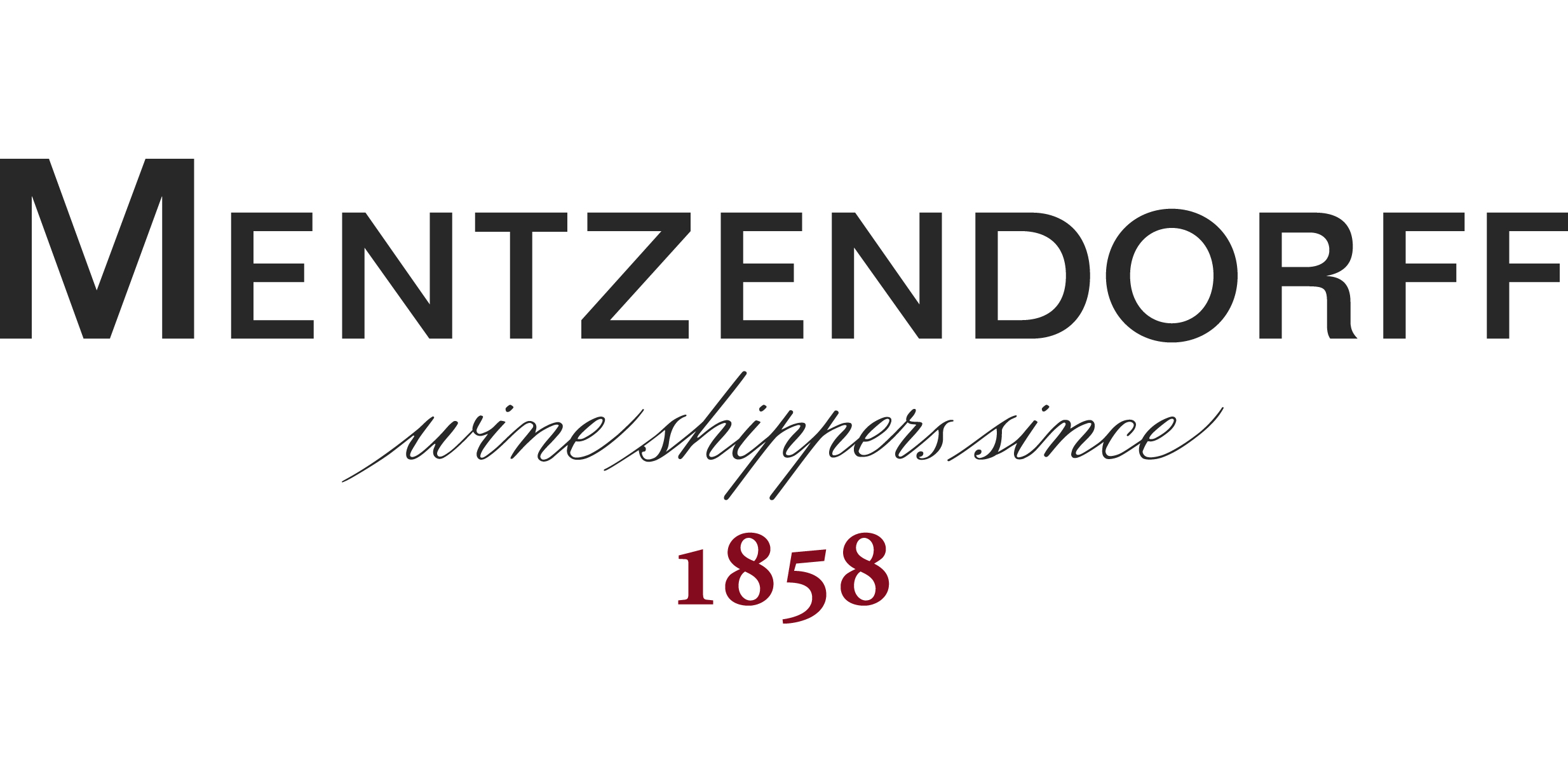A Tasting with Brian Croser AO
Needing no introduction, Brian Croser AO, is one of the most famous figures in the wine world. Prominent in 1970s as winemaker at Hardy’s Brian left to be a consultant winemaker and start up his own winery – Petaluma in 1976. A visionary, setting up first winery in the Adelaide Hills, recognising the huge potential to make fine wine. He is currently the Deputy Chair of Wine Australia, has won many accolades for his work in and for the Australian wine industry, including Decanter Man of the Year in 2004 and Order of Australia (AO).
His mission to nurture the most expressive and unique terroirs of Australia has seen him become the first Australian winemaker to match grape varieties to regions and he has spent 40 years choosing the right vineyard sites to plant the right varieties, and refining the viticulture and winemaking. He considers his wines as if one of his own children.
In 2001 Petaluma was taken over by Kirin Brewery (Lion Nathan), where Brian stayed as head of the group until leaving in 2005 thus ending 30 years of Croser family ownership.
Almost immediately, in 2002, with friends and partners in Petaluma, Champagne Bollinger, made a pact to start again – Tapanappa was born, with the same terroir driven purpose. The Cazes family (Chateau Lynch Bages), Jean-Michel and son Jean-Charles, joined the partnership. In 2014, Champagne Bollinger and Cazes agreed to go their separate ways, and now no longer have a partnership or involvement in Tapanappa, but remain firm friends.
Added to this, in December 2014 saw the return of the original Petaluma winery and the Tiers Vineyard to the Croser family, reborn as Tapanappa, 100% Croser family owned.
Tapanappa have 3 distinguished sites:
- The Tiers Vineyard planted with Chardonnay in the Piccadilly Valley in 1979,
- The Whalebone Vineyard planted to the Cabernet varieties in Wrattonbully in 1974 and
- The Foggy Hill Vineyard planted with Pinot Noir on the Fleurieu Peninsula in 2003.
Tiers Vineyards – Chardonnay and Pinot Noir
- 4 ha distinguished vineyard site – Adelaide Hills, Picadilly Valley.
- Cool climate, homo-clime to Burgundy, particularly mirroring the Cotes de Beaunes.
- Soils are very important to the unique expression of the Tiers wine. The vineyards lie on a lifted fault of 500 million year old geological strata. Soils are Cambrian Schist and sandstone, topsoil of red brown earths and duplex soils
- Vineyard tilts north and east, in a sheltered valley, receives gentle autumn sun at end of harvest. Warm days and cool nights. Enjoys long cool ripening, to ensure balance between phenolic ripeness and retaining acidity.
- The distinctive style and flavours of Tiers: stone fruit, hints of fig, with integrated and balanced acidity. And texture is another key component, has lovely elegant and smooth texture
- 2015 was the first vintage since the return of the winery.
- Tiers 2016 was a hot vintage, developing very well, is a more open wine as a results, with riper fruit profile.
- Brian considers the 2017 vintage to be the best so far. The conditions allowed it to show its best qualities. The heat summation was 1303 degrees, slightly higher than the average, but it was a late vintage and therefore ensured slow ripening.
- Brian believes the 2017 will be recognised as a superb finesse and intensity
- Pinot Noir is used for Brian’s sparkling wine.
- His house sits on the top of the vineyard.
Foggy Hill vineyard – Pinot Noir
- Croser family purchased this 4ha site, Maylands Farm at Parawa on the Southern Fleurieu peninsula in 2003.
- Initially bought to growing the finest “sea air, grass fed” prime lambs and encouraged by his wife Ann as a distraction for Brian after the loss of Petaluma.
- The Croser family purchased Maylands Farm at Parawa on the Southern Fleurieu peninsula in 2003, they did so with the sole purpose of growing the finest “sea air, grass fed” prime lambs. Promised Ann not to plant any vines, but Brian could not help notice the potential for Pinot Noir. Planted some vines in 2003. That same year he was visited by a friend, Dr. Raymond Bernard considered the father of Dijon clones of Pinot Noir and Chardonnay, exclaimed that the site would be perfect for his “babies”.
- The climate here is cool days and warm nights. Due to closeness to the Great Southern Ocean (8km). Same heat summation days as Tiers Chardonnay but has opposite climactic characters. The cooler days and warmer nights, means more colour development in the grape skins, lower acidity and more flavour and lower sugars.
- The vineyard is north facing, with its back to the Southern Ocean. Protected by the ridge of the hill from harsh and wet conditions of the Ocean, is relatively dry on the vineyard side
- Planted clones are 114, 115 and 777 Dijon Clones.
- Wine has a distinctive dark fruit profile, with texture and elegant tannins.
Whalebone Vineyards – Cabernet Sauvignon, Shiraz, Cabernet Franc and Merlot
- 3 ½ hours South of Adelaide. Just north of Coonawara 15 minutes away.
- Coonawarra has 1 million year old soils, limestone. The limestone under Whalebone vineyards are 35 million years old caused by uplifting of the land that exposed this geology (very similar to St Emilion in Bordeaux).
- Has similar Terra Rossa soils to Coonawarra.
- The Whalebone Vineyard is on the dunal ridge of the oldest shoreline of the plain which gently leans away to the Great Southern Ocean 80 kilometres to the west. Was at one time under the sea the land began to rise about 0.8 million years ago, causing the Southern Ocean to recede away to its current shoreline.
- It is in this limestone that the bones of a whale were trapped and are now exposed in a cave eroded into the limestone beneath the Whalebone Vineyard.
- Vineyard originally planted in 1974. Is a homo-clime to Tain Hermitage – 1400 GDD.
- Cabernet Shiraz – has distinctive leafy black current Cabernet Fruit, with white pepper of the Shiraz. Needs age to develop like a fine Bordeaux
- Merlot Cabernet Franc – the Cabernet Franc gives a wonderful floral aroma to the nose and sweetness on the palate. Merlot throws out rich ripe flavours and smooth elegant tannins
On winemaking:
Brian believes that by keeping the winemaking the same, you are able to see the evolution of the vineyards and the variations that each vintage brings to a wine. Tweaks and improvements are made only if it benefits the philosophy of the above. No heavy oak regimes are used. Always has been Voges barrels (dense close grained wood = slow micro oxigenation) since 1984. Medium toast.
- When he came to the Piccadilly Valley in 1978 Brian came to specifically grow and make Chardonnay in a very cool, wet climate and on a soil suited to making Chardonnay of intensity and finesse. Being the first vineyard in the Adelaide Hills it was a gamble how it might turn out. At the time there was almost no Chardonnay in South Australia. It took a decade to bottle a 100% Piccadilly Valley Chardonnay (from Tiers and other PV vineyards) and the first single vineyard Tiers bottling was in 1996. Through that time and until now he has attempted to standardise the winemaking and to employ non-intrusive methods and oak so that the Tiers Vineyard Chardonnay terroir personality could be revealed and compared vintage to vintage. The viticulture has been very consistent and Brian is happy with the outcomes over the 40 years the vines have been in the ground. He has made small changes to the winemaking along the way and a number of small changes add up to differences in winemaking today as opposed to the first vintages, but nothing radical. 2016 Tiers is a pure reflection of a unique terroir.
- Brian has always been a vigneron and 2018 he celebrated his 50th Australian vintage. From a farming background he is the only vigneron in the family. Over the decades Brian has identified sites for the varieties he wants to make and planted his own vineyards in South Australia (and in Oregon) and made and bottled his own wine in his winery. From 1976 to 2001 the wine company was Petaluma and from 2002 the new family wine company is Tapanappa. Brian’s ambitions for Tapanappa are to fully realise the quality potential of Tapanappa’s 3 distinguished site vineyards, The Tiers for Chardonnay in the Piccadilly Valley, Foggy Hill for Pinot Noir on the Fleurieu Peninsula and Whalebone Vineyard for the Cabernet family at Wrattonbully.
- In 2001 Lion Nathan (Kirin Brewery) took over the publically traded Petaluma wine company which Ann and Brian had started in 1976 and until the takeover they remained major shareholders. Petaluma was Brian’s life. In 2002 the family started again with Tapanappa and in 2006 Petaluma sold us back the winery facility which he had built over the decades at the Tiers Vineyard and adjacent to their home. It took until 2014 for Petaluma to find a new home and for Brian to take back complete control of the winery as the Tapanappa Winery.
- Brian’s whole working life has been devoted to finding the best possible site for the varieties that he enjoys drinking, growing and making. He has planted many vineyards for Petaluma in South Australia and for Argyle in Oregon and the three Tapanappa distinguished sites represent the distillation of a life’s work. Brian employs meticulous viticulture in each of our vineyards to allow the optimum expression of the vineyard terroir through its most suited variety. In the winery he employs careful but non-intrusive winemaking methods based on detailed observation of the wine’s progress. Having invested in the optimal terroir expression of each vineyard the winemaking is modulated to allow the terroir to shine through the finished wine.
- The 40 years-old Tiers Vineyard is a dream vineyard to own and manage despite being very cool and wet (1139 degree C days, heat summation and 1200mm’s of rain). It is the coolest and wettest vineyard in South Australia. The free draining soils are iron rich clay loams over cracking, water holding clay formed from mineral rich 1.6 billion years-old basement rock at a fault line. The vineyard gently slopes the northeast and is surrounded by trees, it is in effect a Clos. 2016 was the warmest year for the Piccadilly Valley (and elsewhere) since at least 1960. The heat summation for 2016 was 1583 degree C days, a massive 40 % above average. Despite that Tiers expressed its terroir attributes and retained Chardonnay fruit vibrancy and acid.
- The annual production of Tapanappa Tiers Chardonnay is between 500 and 800 cases. The total production of Tapanappa from its 3 distinguished sites is 5000 to 6,000 cases.
- Brian’s first vintage was in 1969, the Tiers vineyard first vintage was 1984 and first single vineyard bottling was 1996. Tapanappa Tiers first vintage was 2005.









